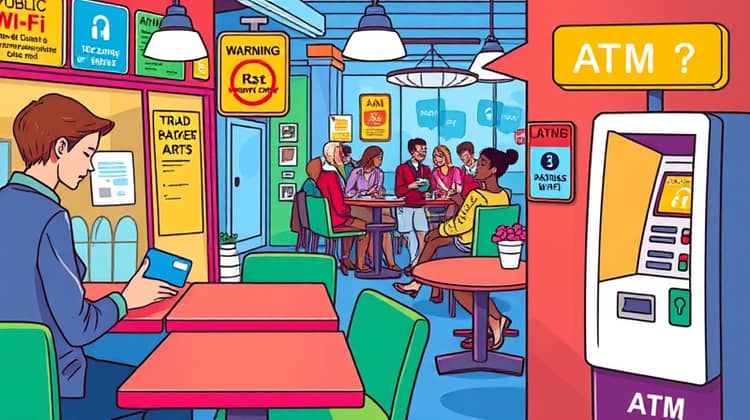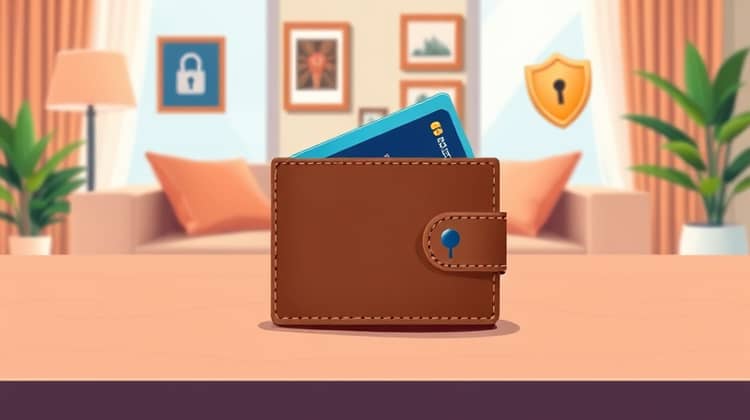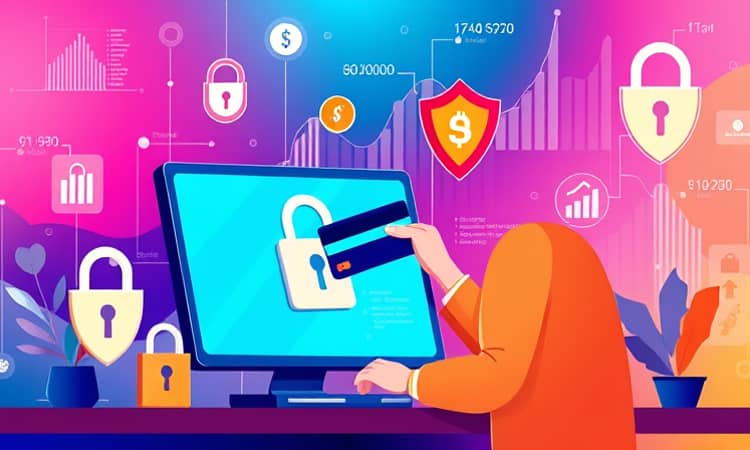In today's digital age, protecting your identity has become more crucial than ever. With the rise of online transactions, credit card fraud and identity theft are increasingly prevalent. Luckily, there are numerous strategies available for safeguarding your personal information, especially when it comes to the use of credit cards. By adopting these practices, you can significantly reduce your risk of becoming a victim of identity theft.
One of the most effective defenses against identity theft is choosing credit cards that come with advanced security features. These cards provide an added layer of protection, ensuring that even if your card is compromised, your personal information remains secure. This article will explore various practices and tips that can help you maintain the safety of your credit card information.
Being proactive about your credit card security is essential in today’s world. It's not just about choosing the right card, but also about being mindful of how and where you use them, monitoring your activity, and utilizing available security features. By following the guidelines outlined in this post, you can protect yourself and enjoy peace of mind when using your credit cards.
1. Choose Credit Cards with Advanced Security Features

When selecting a credit card, security features should be a primary consideration. Many banks and credit card companies offer cards with enhanced security options such as EMV chips, contactless payment capabilities, and two-factor authentication. These features are designed to make it more difficult for criminals to steal your card information.
EMV chips provide a unique transaction code that changes with every purchase, making it nearly impossible for thieves to replicate your card. Additionally, contactless payments allow you to make transactions by simply tapping the card, which can minimize the risk of skimming.
Choosing a credit card with robust fraud detection systems can also offer peace of mind. Many companies monitor transactions and will alert you immediately if suspicious activity is detected, allowing you to take action before serious damage occurs.
- EMV chip technology
- Two-factor authentication
- Fraud monitoring services
2. Be Mindful of Where You Use Your Credit Card

It is crucial to pay attention to the locations where you choose to use your credit card. Using your card at suspicious or compromised locations increases the risk of fraud. For example, avoid using your card at public kiosks, unverified online retailers, or questionable ATMs.
Being cautious at restaurants can also save you trouble. Handing your card to staff for processing can put your information at risk; it is better to make sure your card is swiped or entered in front of you whenever possible.
Additionally, try to avoid public Wi-Fi networks when making purchases or conducting banking transactions with your credit card. These networks can be an easy target for hackers trying to intercept your private information.
- Avoid using cards at suspicious locations
- Be cautious at restaurants
- Avoid public Wi-Fi for transactions
Staying aware of your surroundings and the environments where you use your credit card plays a significant role in maintaining your financial safety. Always consider the security of the place before making a purchase.
3. Regularly Monitor Your Credit Card Activity

Keeping a close eye on your credit card statements can help you catch unauthorized transactions early. Regular monitoring allows you to identify any suspicious activities and report them immediately to your issuer. Many people overlook this step, but it’s one of the simplest ways to stay protected.
Utilizing mobile banking apps or online access to your credit card accounts is a convenient way to keep tabs on your transactions. Setting up alerts for transactions over a certain amount can also help you be more proactive in monitoring your activity.
By reviewing your statements carefully each month, you can quickly report any discrepancies or unauthorized use before significant damage is done to your finances.
- Check statements regularly
- Use mobile banking apps
- Set up transaction alerts
4. Use Credit Card Alerts and Security Features

Many credit card companies offer customizable alerts that can notify you of various account activities, such as purchases over a certain amount or transactions made overseas. These alerts provide real-time updates and can help you spot fraud early on.
In addition to setting alerts, consider enabling security features offered by your card issuer, such as automatic fraud detection or temporarily locking your card if it’s misplaced. This way, you have greater control over your card's use and can act quickly if your information is compromised.
By taking full advantage of the alerts and features your credit card offers, you can enhance your security and significantly reduce the risks associated with identity theft.
- Set up transaction alerts
- Enable fraud detection features
- Temporarily lock your card
Leveraging the alerts and security functions provided by your credit card issuer is a critical step in protecting yourself from identity theft, as it helps you stay informed and ready to take action.
5. Avoid Sharing Credit Card Information

Understanding the importance of keeping your credit card information private is essential. Avoid sharing your credit card details over the phone or online unless you trust the source completely. Scammers often use deceptive tactics to gain access to your data.
If you are ever prompted to provide your credit card details through unsolicited calls or emails, it’s best to refrain. Scammers often create a sense of urgency, pressuring you to act quickly without thinking.
Always be cautious and verify the legitimacy of the request before sharing any credit card information.
- Do not share over the phone
- Avoid unsolicited requests
- Verify legitimacy before sharing
6. Keep Your Credit Cards Secure

Beyond monitoring and usage habits, storing and handling your credit cards securely is vital. Keep them in a safe place, and do not leave them in visible areas where someone could easily pick them up.
Consider using RFID-blocking wallets or sleeves to protect against electronic pickpocketing, which can occur without direct contact. The extra layer of security can help keep your information safe from thieves equipped with RFID technology.
By being vigilant about both the digital and physical presence of your credit cards, you can significantly reduce your chances of identity theft.
- Keep cards in a secure place
- Use RFID-blocking wallets
- Be vigilant about physical card security
Taking extra precautions in both storing and handling your cards will not only protect your finances but also give you greater peace of mind.
Conclusion

In conclusion, protecting yourself from identity theft while using credit cards is of paramount importance in today’s fast-paced digital world. By choosing credit cards with advanced security features and being mindful of where you use your cards, you significantly enhance your protection against fraudulent activities.
Regular monitoring, utilizing alerts, avoiding information sharing, and keeping your cards secure are powerful practices that can safeguard your identity and financial health. Remember, the best defense is to be proactive and informed about these potential threats to your personal information.














